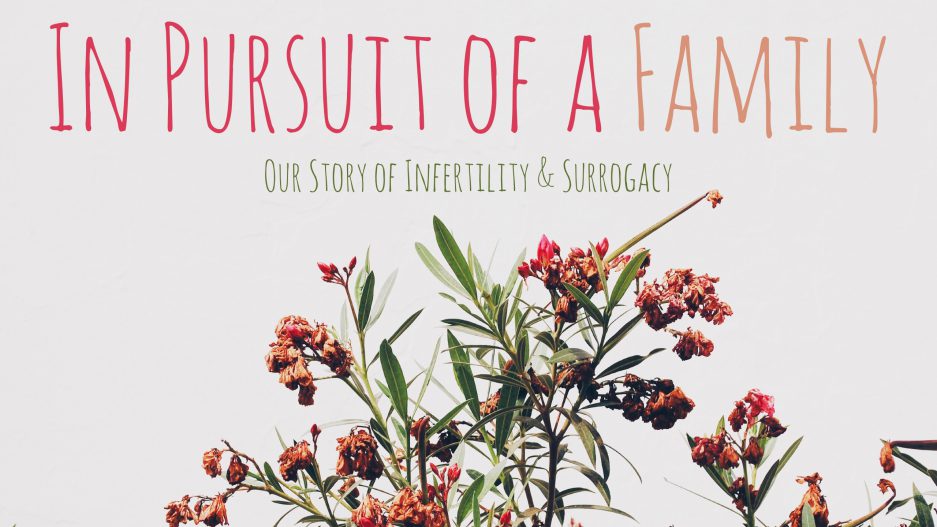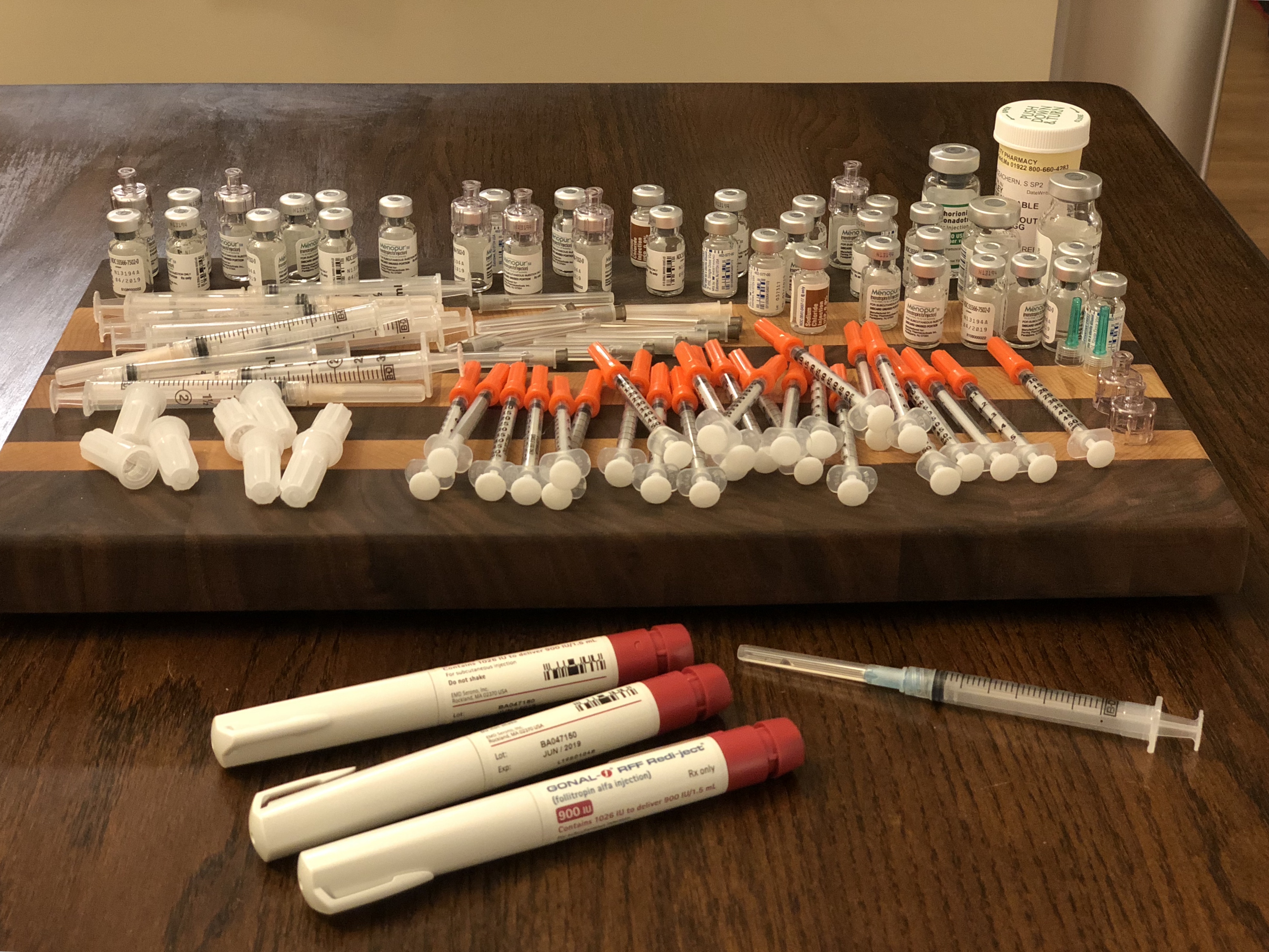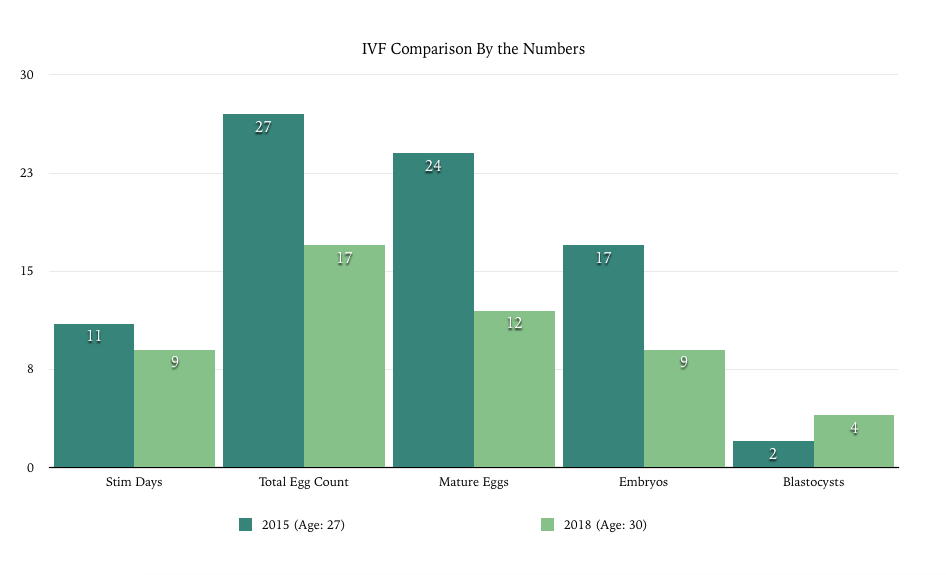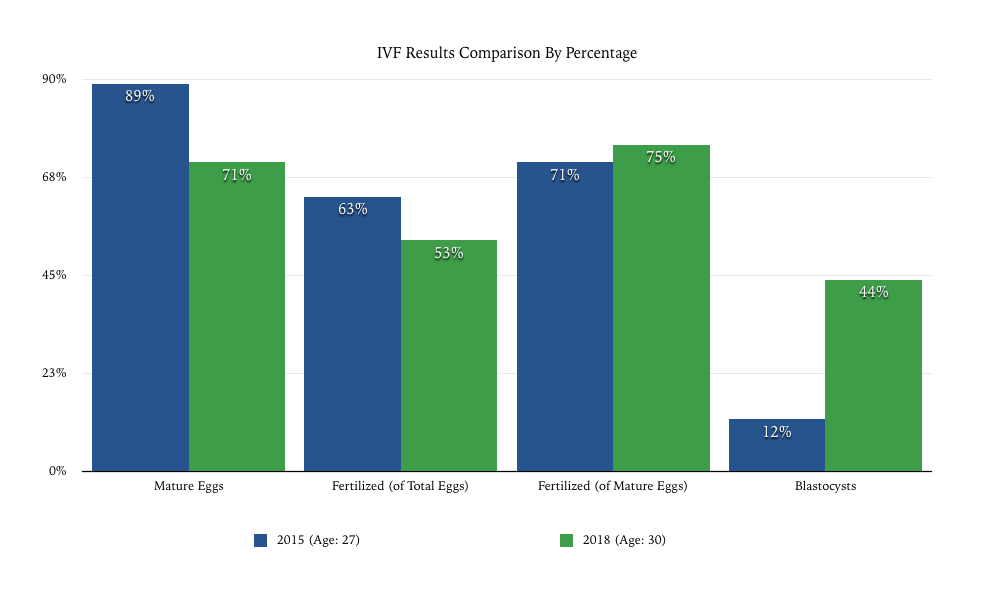Little Alice fell
– Lewis Carroll, Alice’s Adventures in Wonderland
d
o
w
n
the hOle,
bumped her head
and bruised her soul
When Ross was born, we were far away from home with a very long car ride ahead of us. Somewhere on the road during our first day of driving, it finally hit me: the surrogacy process had come to an end. There were no more lawyers, no meetings with the agency or doctors, no fear that we might miss the birth or have our parentage questioned. It was a shock to realize– this experience which had consumed our lives for 574 days (plus the years of infertility before that) was now over, and we had a 3-day-old newborn bundled up in the backseat to show for it. I remember staring out the window, feeling such an enormous weight lift from my shoulders as we drove north that I sobbed with the relief of it.
Throughout the process we endured for Ross, we had often talked about whether we would be able to do this a second time. The cost was staggering — physically, financially, and emotionally. There was never a moment when we questioned whether we wanted more children (we’d always dreamed of a big family), but surrogacy had taken such a huge toll on us, both individually and as a couple, that we didn’t know how to pull it off again. The understanding that there was absolutely no way to have a second child without going back down the rabbit hole was devastating. We’d be opening ourselves up to all of the hardships and potential horrors, but this time we wouldn’t be the only ones forced to bear the weight of our decision.
By November 2015 we were ready to try again, determined to restart the process as soon as possible– and Ross hadn’t even been born yet. The plan then had been to begin another round of IVF when he was about 6 months old and transfer an embryo shortly after his first birthday. But Kyle was still in grad school, and even though we had amazing insurance benefits, it took a while longer to be able to meet the rest. Waiting was hard, and by the time Ross was 11 months old I was terrified that the window was closing. No one around us could really understand. Couldn’t we just recognize how lucky we were and be happy with one? And anyway, he was still a baby, we had “plenty of time.”
When we finally had what we needed in place to start the process, Ross was barely 18 months old, but we estimated that even if things kept moving, we wouldn’t have a baby in our arms until late 2019. With the benefit of having better access to care while Kyle was in school, I began seeing a therapist, knowing some of what we faced ahead.
Everything took longer than expected. We weren’t considered officially matched with our gestational carrier until a year and a half later. Insurance repeatedly tried to deny my IVF benefits solely because my body wouldn’t be receiving the embryo we created (*we weren’t asking them to help with a transfer or anything for our carrier, just my treatment, as they would for any other woman under their plan). The financial advisor at our clinic abruptly went on medical leave for 2 months without confirming our cost estimates, but no one would pick up our case because we were part of the “donor program” due to surrogacy. Medical records were sent to the wrong office branch, then got lost for a while. Our coordinator quit (or, I believe, was fired) and we were hastily assigned to someone new in a random office two states away. Our previous psychologist wouldn’t answer calls for weeks so we couldn’t get her clearance to move on. And so on, and so on. Over and over again we have hit nearly every bump, obstacle, and road block.
Now we are stuck on legal. Still. Today makes it 13 weeks, far longer than the 2-3 weeks the lawyer estimated… at least before he received our check (don’t worry, I’ve learned my lesson the hard way). During those weeks he’s left the office for extended periods of time without any warning or progress on our contract, told us that our contract revisions had “not reached [his] inbox,” and now, most recently, he simply got “sidetracked by an urgent matter.” (Too sidetracked to even let us know). At best he’s been difficult to reach and given us almost no counsel at all on one of the most complicated and important aspects of the surrogacy process. Both our escrow company and the fertility clinic have since reached out to put our case on hold due to the circumstances. So far, the delay has cost us almost $1,000 for no real reason at all.
We’re about 812 days into our second journey, and we still haven’t even reached an embryo transfer yet.
For most of this year, we’ve been working toward October for transfer. As the summer came to an end, it was nerve-wracking to know that we were getting ready to risk this hard-won embryo in the hopes of getting lucky a second time. To cope with the stress and fear, I allowed myself to daydream about the photo we’d receive at the procedure, a photo of this embryo that I have waited 18 long months to see. But, as the weeks passed, and then the months, with very little progress on the legal contract and virtually no control over the situation, even that became increasingly painful to think about.
This fall was brutal. After more than two years of fighting through this all-consuming process, I’ve just… hit a wall. What was once difficult and painful has become downright torturous.
In October, when we should have been preparing for a transfer, we waited instead. Ross picked out a small, medium and large pumpkin to represent our family, and I chose two tiny white pumpkins for the frozen embryos who are both a part of our family… and not.

Through November, when we didn’t make plans for Kyle’s time off because we were afraid it could hold up a potential transfer, we waited instead. This December, which had initially been planned as an option for a second embryo transfer in case the first one failed, we will still be waiting. There will be no embryo transfer in 2019.
We wait, and we wait, and we wait.
…And I haven’t even mentioned the massive potential problem with the health insurance for our carrier that is looming over us. One that has a very firm deadline of December 15. One that I have no idea how to solve.

In the meantime, I’ve reached a place where I am so emotionally drained that I don’t feel able to hope anymore. Some days we limp along, some days it feels like someone literally has their hand around my heart, squeezing it as hard as they can. It is a physical pain. For a while now I’ve sat in my therapist’s office each week and cried. When the preschool hosted a Halloween parade for the parents at the end of last month, I went home and cried. When the nurse at my doctor’s office showed me how high my blood pressure reading was during a routine appointment, I cried. Basically, if you’ve seen me recently and it looks as though I’ve been crying, it’s probably because I have.
We’ve invested an immeasurable amount of time, effort, and energy into this second journey, but throughout the last week I have questioned everything, rationally and irrationally, especially myself. I have started to wonder whether I am even deserving having someone who is willing to carry a child for me, or whether I am deserving of hoping for another in the first place.













![Bridge ending[4]-2](https://inpursuitofafamily.wordpress.com/wp-content/uploads/2017/08/bridge-ending4-2.jpg)







